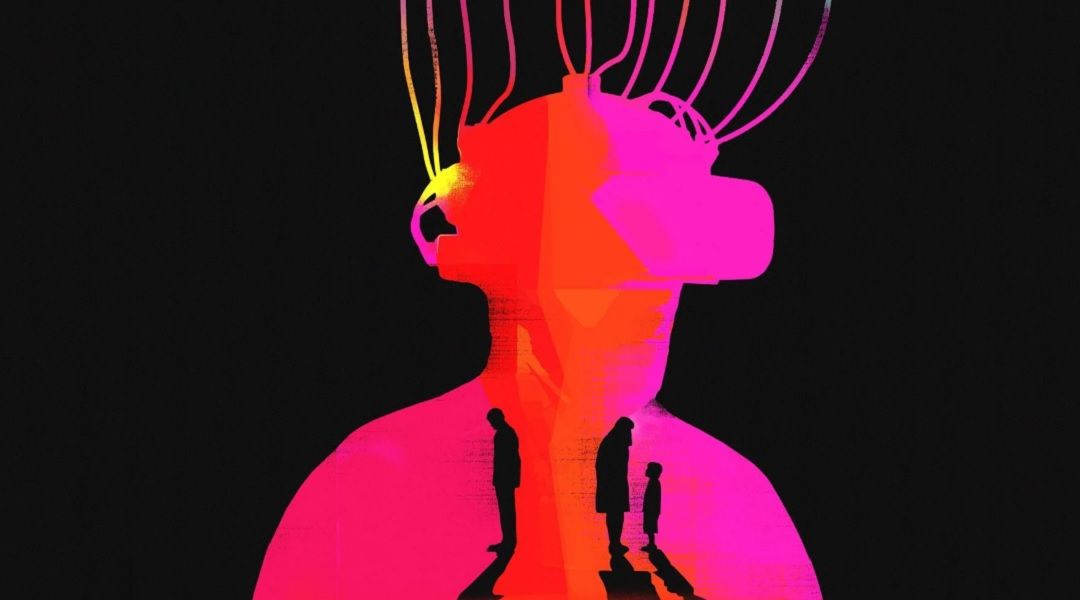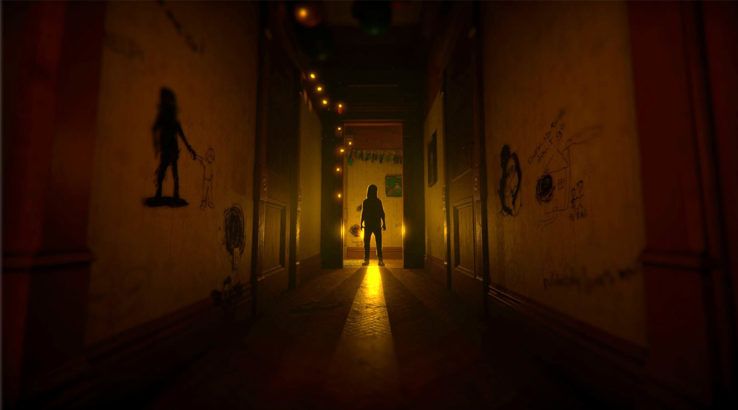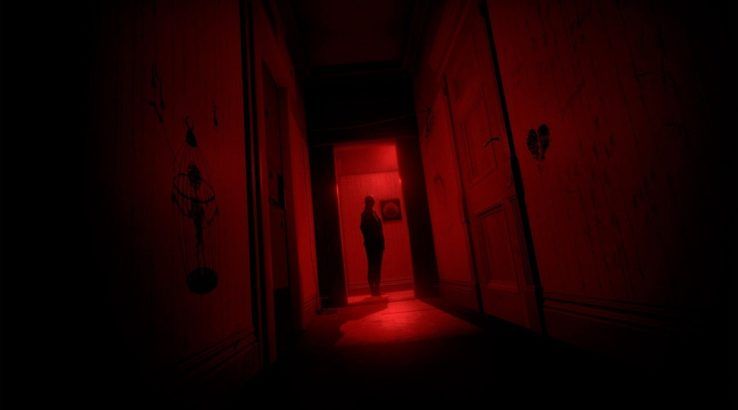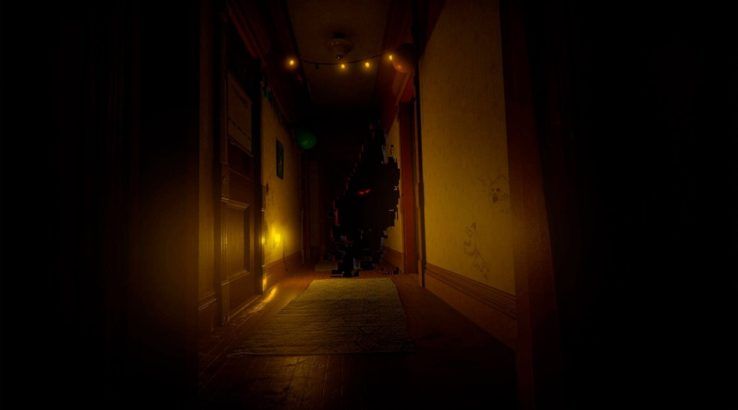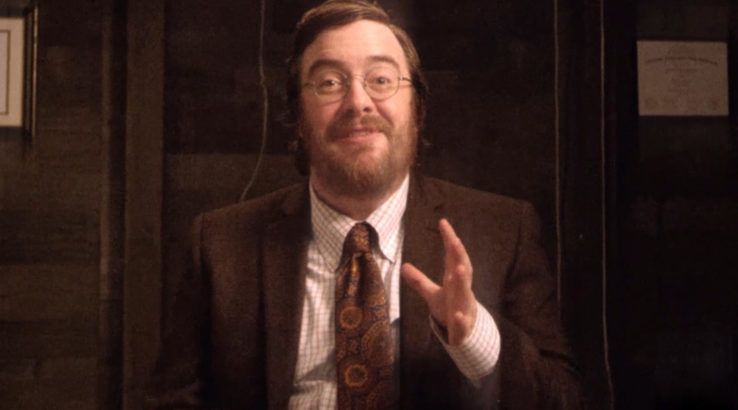One of the weirder moments of E3 2017 was the reveal of Transference, an experimental horror game from Ubisoft that was developed with the involvement of Hollywood actor Elijah Wood. The bizarre E3 2017 trailer created more questions than it did answers, leaving some to wonder what the game even was. Fast forward to 2018, and we now know it's a decent, if not mind-blowing VR horror game that gives off some serious PT vibes.
In Transference, players explore the apartment of a broken family through the lens of someone's digitized memories. Progression through the game is linear, with classic survival-horror style puzzles serving as roadblocks. Usually players are prevented from exploring any areas that aren't pertinent to what they need to be doing in that exact moment, which would feel limiting in other games, but makes sense in the context of a virtual reality title when play sessions tend to be shorter.
The puzzles themselves aren't all that groundbreaking or memorable, consisting largely of finding environmental clues and then using those clues to input a code or figure out a password. Some of the puzzles are just a matter of interacting with objects until the next phase of the game is triggered, sometimes throwing players through weird time loops or transporting them to alternate versions of the apartment.
This keeps players on their toes and more importantly, makes the game very creepy, with players bouncing between a realistic version of the apartment and a Silent Hill-esque version that is lit by blood red lights. The game was clearly inspired by Hideo Kojima's PT/Silent Hills, with players bombarded by jump scares, overbearing audio, and some unsettling imagery as they explore the apartment in first-person, and like its inspiration, all of this comes together to make Transference genuinely horrifying.
Transference creates a suffocating atmosphere of terror, especially when played alone at night with headphones in. As we've seen in the past, virtual reality and horror just go well together, with players unable to simply look away from the TV when things start getting scary. Transference makes players feel trapped in its world, and is simply more effective and scarier than the vast majority of horror games on the market.
Unfortunately, sometimes the terror in Transference gives way to tedium. Whenever players get stuck, they may find themselves bored and frustrated from walking around and examining the same clues repeatedly, especially since the camera is controlled with their actual head. Having to look around with the PlayStation VR headset does a good job of immersing players in the game world, but it has the side effect of also causing some motion sickness issues and some may feel a bit of pain in their neck by the time the end credits roll.
Even though VR may potentially cause some issues when playing Transference, it is still the best way to experience the game. Transference was clearly made with virtual reality in mind, and while playing it with no VR headset is an option, it makes it far more difficult to get immersed in the experience.
Transference's immersion is crucial, and when fully immersed in the game, it's a downright disturbing, top-tier horror game experience. When immersion breaks, however, Transference becomes far less interesting, and there are a couple of ways that the game itself will suck players right out of the experience.
The first way is through achievements and trophies. Whenever an achievement or trophy is unlocked, it makes its usual sound and pops up on the screen, making it impossible for players to forget they're playing a video game and become truly engaged. The second way Transference sometimes makes it difficult for players to become fully invested in the experience is through its lone enemy character.
Throughout the game, players are stalked by a dark, digital creature of some sort that will pop up out of nowhere and chase players down hallways. Since the player character moves at such a slow speed, these moments are some of the most horrifying of the entire game and really get the blood pumping. Unfortunately, it becomes apparent that this creature isn't an actual threat to the player, and really just shows up as a scripted event most of the time. This makes the illusion melt away and robs the game of a lot of its scare factor near the end.
While it becomes less scary and sometimes even tedious near the end of the game, Transference is still mostly solid throughout. The game is a movie-length experience, so even though its second half is less impressive than the first, it's short enough that players still won't feel like they're wasting their time or anything like that. This length is honestly perfect for virtual reality, though players who want a little more bang for their buck may be disappointed to learn of the game's extremely short length and the general lack of replayability beyond finding all the collectibles.
Anyone interested in Transference's story will want to take the time to find all the collectibles, though. The collectibles are audio and visual files that can be accessed from the menu that usually feature live-action performers. The use of live-action visuals helps Transference stand apart, and even make the game creepier thanks to the great work by the actors, even though it sometimes comes across as a little campy.
As far as virtual reality games go, Transference isn't the best, but it's definitely one of the scariest. Anyone looking for a solid horror game will want to give it a go despite its shortcomings.
Transference is out now for PC, PS4, and Xbox One. Game Rant was provided a PS4 code for this review.

